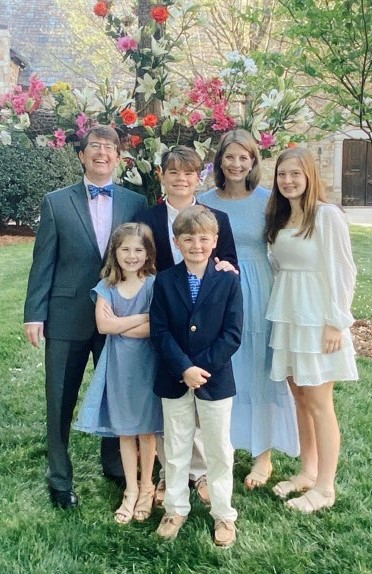Your case has wound its way through the litigation process and maybe mediation, and now it’s going to trial. Here’s a glimpse of how trial works.
First, your case gets put on the trial roster. This is a list of cases that could go to trial during a given week. Trial rosters are published many weeks in advance, and in South Carolina, judges sometimes allow both sides is a lawsuit to agree to a specific week of court for the case to be tried.
Trial begins before you know it. The process starts with jury selection. All the potential jurors are called the “jury pool.” Out of the jury pool of 100 or more people, 20 potential jurors get put on a list. The lawyers take turns rejecting—“striking”—four jurors each until 12 are selected, then take turns selecting an alternate juror with each side allowed to reject one of three potential alternates.
South Carolina has very limited jury selection because personal injury lawyers cannot question potential jurors, called voir dire. Voir dire allows lawyers to find out more about potential jurors and their viewpoints before selecting them on the jury. In South Carolina, lawyers can submit a list of questions for the judge to ask potential jurors, but there is not extensive questioning of potential jurors as in other states. While some background research can be done on potential jurors based on social media and public information, we just don’t know that much about jurors as other states.
Once the jury is selected, lawyers for both sides make opening statements. In an opening statement, the lawyers tell the jury what they expect to prove or disprove.
Next, presentation of evidence begins. The victim, called the plaintiff, goes first. We have you (and maybe other witnesses) testify about how you got hurt, the nature of your injuries, and the effect the incident had on your life and your finances. We may show the jury pictures of your injuries, or damaged cars if you were in a car accident, or the dangerous condition of the area in the store where you tripped and fell, plus any exhibits that help them make their decision in our favor. We also present the video deposition of your doctor, plus any experts we have to help the jury understand how you got hurt. All witnesses can be cross-examined, where the other side tries to make them admit things in their favor.
After we present our case, the wrongdoer, called the defendant, may make motions to dismiss your case, which should be denied since we presented evidence they did wrong and got you hurt. Then the defendant's attorney presents his case.
After all evidence is presented, both sides make closing arguments. The lawyers summarize why the jury should return a verdict for them.
Next, the judge gives the jury charge or jury instruction. The judge tells the jury the law applicable to the case. After that, it’s all in the hands of the jury. Deliberations begin and finally, the jury reaches a verdict.
We're not afraid to take your case to court
People—even some attorneys—tend to get really scared and nervous about court. At Holland & Usry, we prepare your case for court from the time you first meet with us. Since we get ready the whole time, it’s easier to prepare for trial without a lot of unnecessary rushing around and undue stress. We take pride in the preparation we give our people to testify and to present the best case we can.
If you have a personal injury case you think might go to trial, feel free to call us toll-free at 877.230.1841 for a free meeting to talk about it with us.


